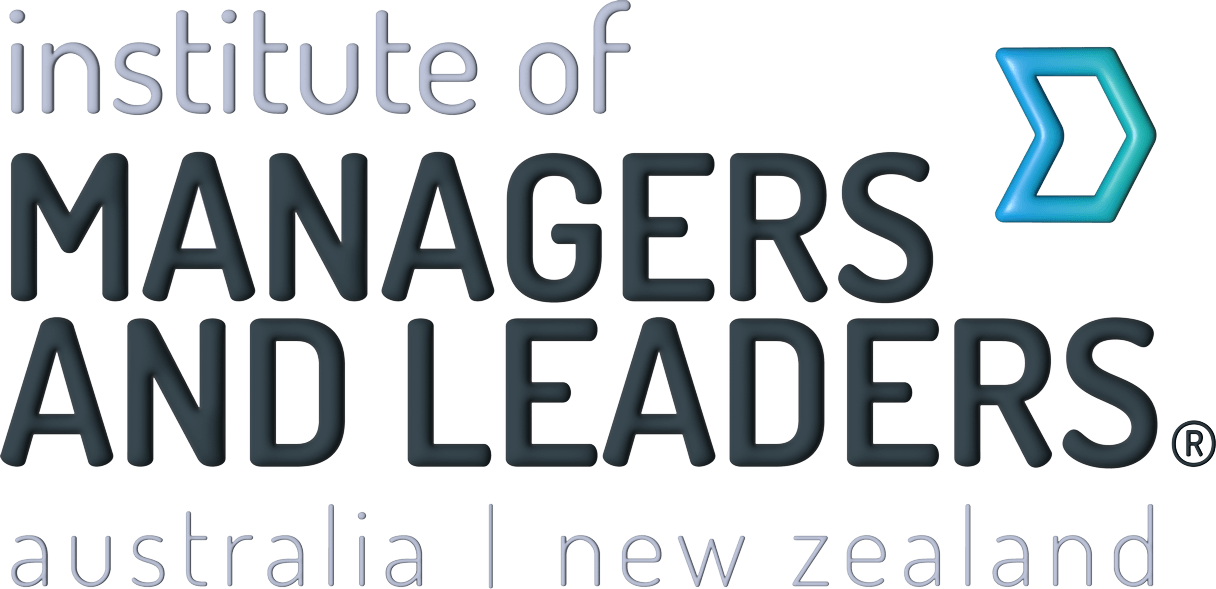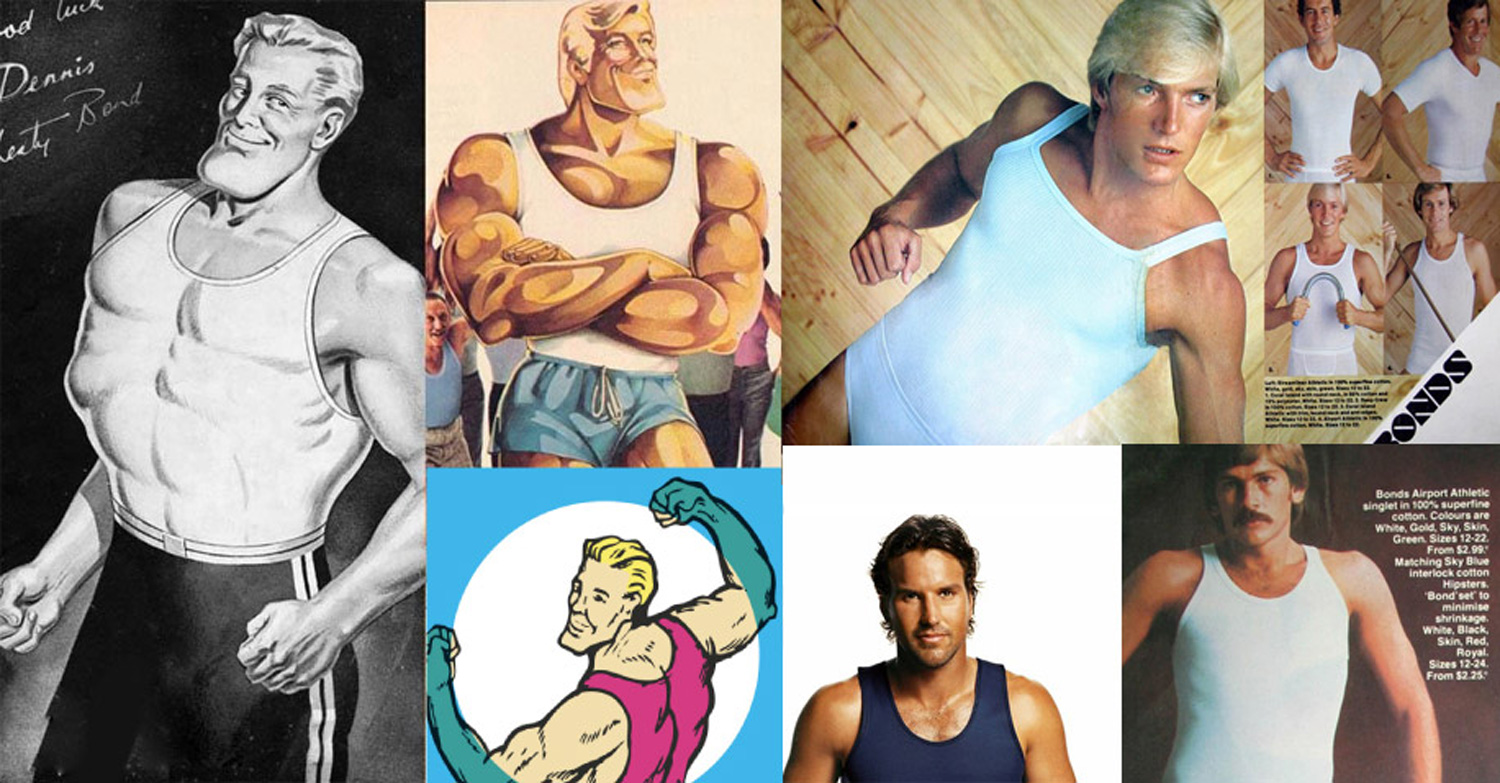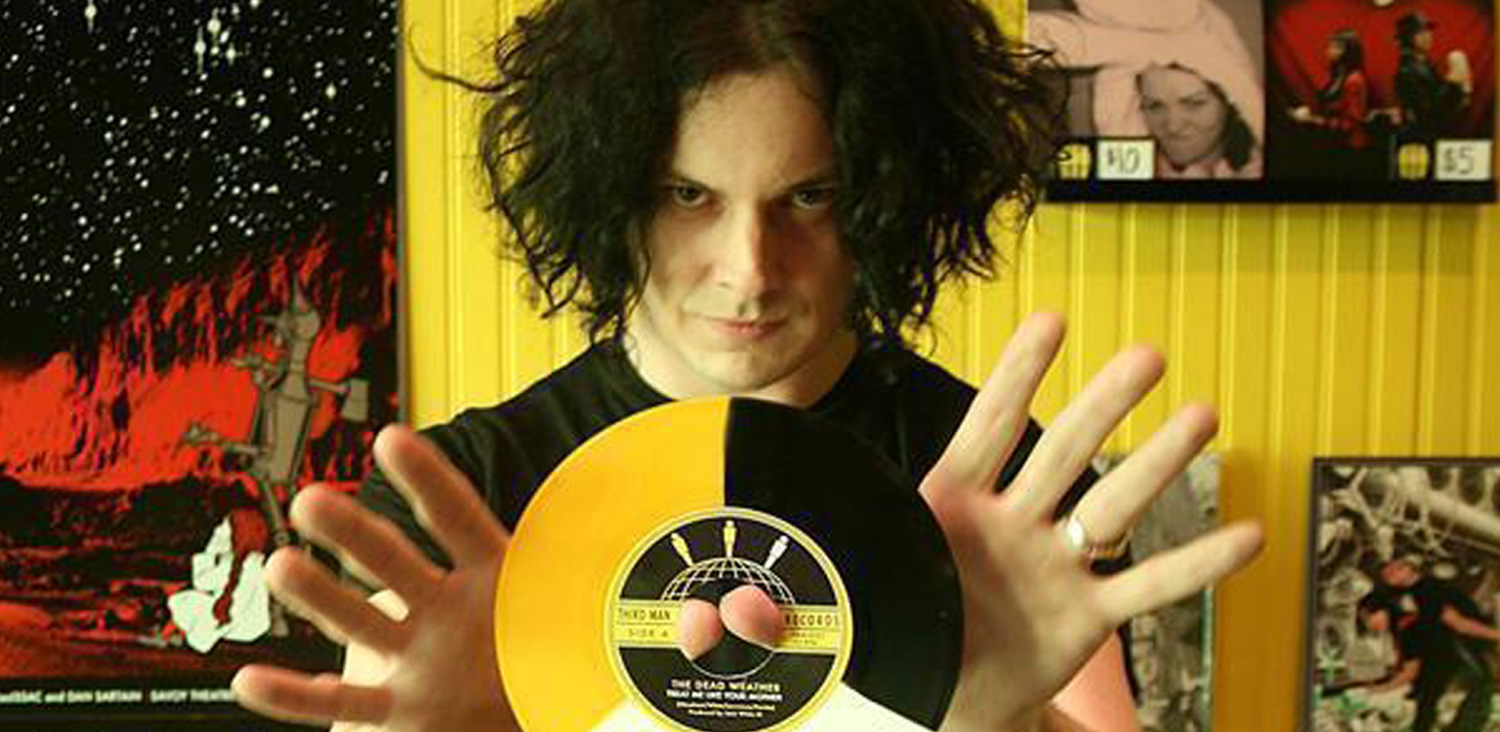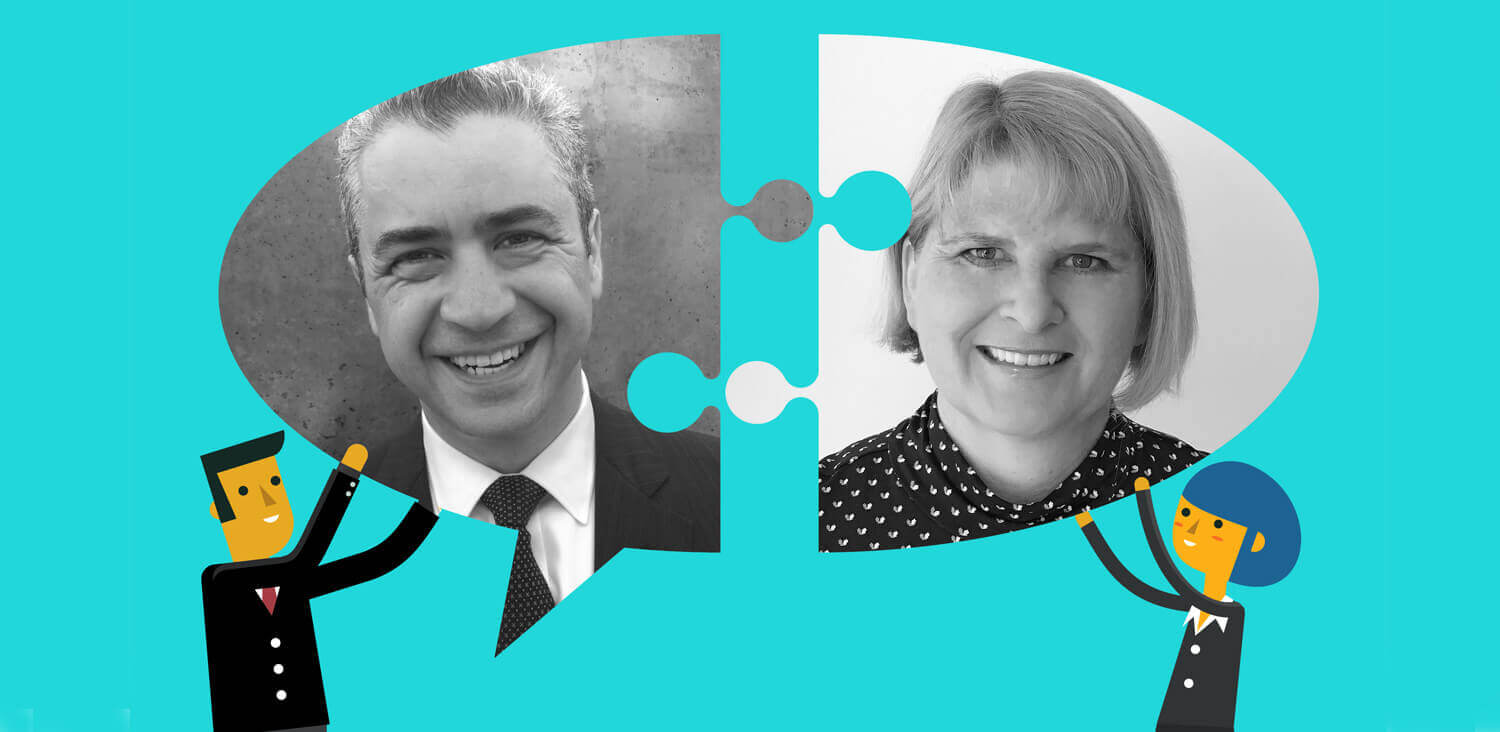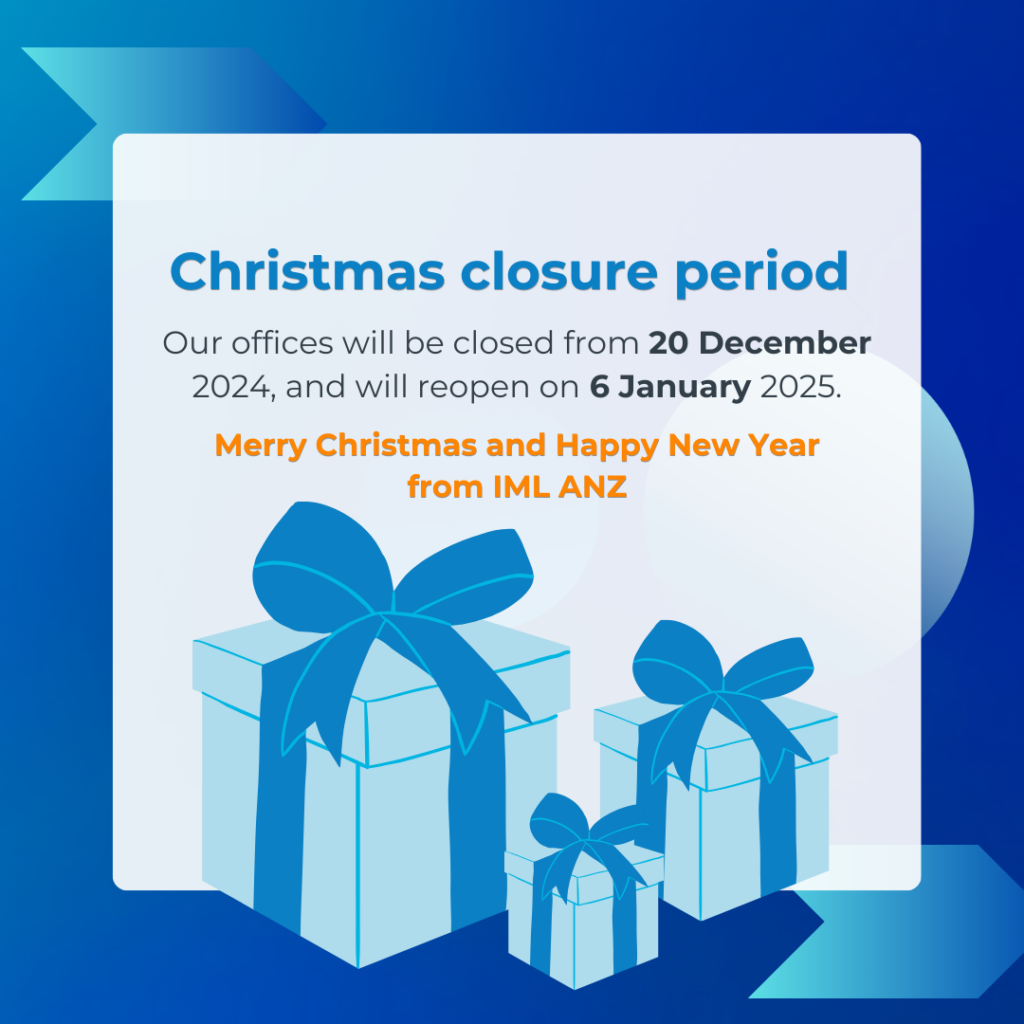By Phil Crenigan FIML, Managing Director, Executive Turning Point
The Background
As a Fellow of the Institute of Managers and Leaders I was delighted to accept an invitation to facilitate and lead their opening 2017 Leadership Outlook series on High Performing Teams and how to build them. This involved a significant commitment between February to April 2017 and took me to 17 locations: Sydney, Newcastle, Wollongong, Melbourne, Geelong, Bendigo, Canberra, Adelaide, Darwin, Hobart, Brisbane, Cairns, Toowoomba, Mackay, Rockhampton, Sunshine Coast and Townsville. In the process I was privileged to meet with 840 participants from every kind of business background imaginable. Big business and small business, private sector and public sector. I met with Leaders from mining, engineering, energy, private and public schools, professional services, including legal, dental, financial services and medical practices. Attendance was high from many local government teams, social services, tourism, not for profits and IT. The one common denominator across this hugely diverse group, was their mutual interest in and need for, high performing teams.
The Context
Much of my work in the last eight years has been helping CEO’s, General Managers and Senior Executives build their own capability and self-awareness as Leaders and in turn to build extraordinary high performing capability around them. How to build high performance in teams is not taught at business school and rarely in our professional lives. (Indeed only a handful out of the 840 participants indicated that they had been through specific professional development to enable them to do this to a successful level.) Yet we all know what it feels like to be part of an extraordinary performing team and a highly dysfunctional group. As a Coach, I know that there are specific drivers and characteristics of high performing teams and this can be measured. I also know that where these drivers and characteristics are driven from the CEO downwards, engagement is high, people are inspired and performance and results in whatever endeavour the organisation is focussed on naturally follow. I provided these insights and tools at all of the sessions so participants could go away and do things immediately with their people.
At the beginning of my journey, I was curious as to what we would discover. Would there be regional differences or different levels of emphasis by type of business? Are there great examples out there waiting to be discovered? What if we were able to codify the drivers and coach this for leaders to be successful? What are the barriers that prevent this and why? Most importantly, I was keen to test out the impact on people when they are in a high performing group and when they are not and how that plays out in their lives in a holistic sense. Finally, what is the role of the leader in all of this as they clearly have a role to play in inspiring others, don’t they’? The only preparation that participants were asked to think about prior was to think about a high performing team that they had been member of in their lives, to note the drivers around why and to recall their general disposition on life at the time. In addition, participants were asked to reflect on a bad team experience they had been a part of, make notes of the drivers around why, and also to reflect on the impact on their lives. This was the basis of the breakout session that has since taken place throughout the 17 locations in Australia. Within 45 minutes, 840 participants openly shared their reflections to both experiences, some with complete strangers and I now want to share with you their insights and the answers to my questions that became crystal clear as the tour progressed.
The Discoveries
i. High Performing Teams
As a coaching and facilitation technique with groups of people, describing “felt leadership” is a powerful conduit to insights and revelations. Participants told us, their learnings were visceral. They recalled examples of high performing teams with such strong recollections.
What the consolidated word heat map of high performing teams below confirms from 870 random examples across 17 locations are:
- The drivers are entirely similar which means we can codify what we need to focus on. This was the content of my third and final tool which was distributed after this exercise. It was accepted as a valid driver for every high-performance example from each participant. What the participants demonstrated to themselves is they actually know what drives high performance, because they articulated it in how it felt. Just like we remember the best teachers from 30 years ago in a heartbeat, personal recall on the high performing team experience was immediate, free flowing and energised.
- Being part of a high performing team had a direct and positive impact on all aspects of their lives. When it is good, it is all good and we have summaries from every table in every location. Inspired people make better partners, fathers and mothers and all round better humans in all that we do.
- The Leader has a clear role to play but so does purpose and direction, role clarity, continual improvement, shared values that are lived and inclusive and open transparent communication.
- All of the above resulted in highly engaged people and a strong enabling culture.
In turning to the dark side, the revelations were at time astonishing in their honesty and the impact on the lives of everybody. Without exception, every participant had a bad experience that was often described, as “the worst chapter of my life”, resulting in loss of relationships, confidence and esteem or health. For health read absenteeism, dread and depression. I would like every leader of people and in particular any CEO reading this article, to carefully read through this picture and to focus on the key words that are at the heart of this word map. One that certainly struck me as I worked through the tour was fear.
- These are the words that describe what it feels like to be in a dysfunctional team
from 840 participants in 17 locations. Once again, it was only through the mechanism of sharing stories and / or experiences through what it “felt” like, were we able to establish this level of disclosure. - The drivers in these dysfunctional teams include, inappropriate / incompetent leadership, absence of any plan, little or no trust, organisational acceptance of inappropriate behaviours, toxic culture.
- A profound negative impact on everybody outside of work and the worlds that they seek to play a role in.
I encourage every reader of this article to reflect themselves from their own experience how they felt when part of an extraordinary team and to note down the drivers and to do the same on a poorly led team. My sense and prediction is that your words will be in each of the pictures. The key question is what kind of leader are you and would your people agree….do you inspire or do you pollute?
I would be delighted to hear from leaders and teams if this resonated, particularly CEO’s who want to make a difference going forward. It is never too late and your organisation will be more effective for it.
IML would like your input to understand what would help you move towards a high performing team and to increase your leadership capability in this area. Take our survey today and tell us what else you would like to see to take your team to the next level: https://www.surveymonkey.com/r/high-performing-teams
